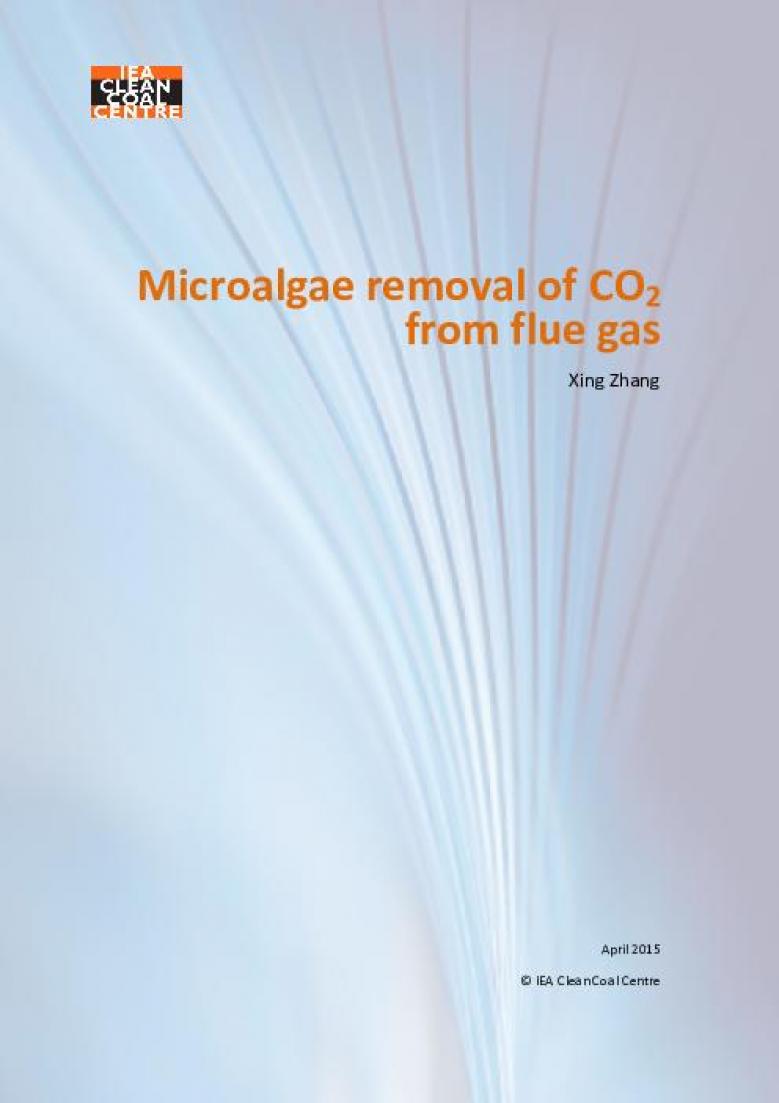Abstract
CO2 forms the largest component in coal combustion flue gas. With fossil fuels currently meeting over 80% of global energy demand and as much as 85 GW of additional capacity expected to be needed in Europe alone in the future, carbon capture and storage (CCS) is vital in meeting greenhouse gas reduction targets. Various technologies have been developed to capture CO2 from coal-fired power plants, one of which is biological post-combustion CO2 capture. Microalgae’s ability to photosynthesise and grow rapidly has resulted in the possibility of using them for CO2 bio-fixation. A number of studies have been carried out to determine the ability of microalgae to withstand the high CO2 concentrations present in flue gas, as well as the potentially toxic accompanying SOx and NOx gases. Thus, a lot of work has been carried out to isolate microalgal strains that are especially suitable for this application. Most of the research on algae bio-fixation has been concerned with carbon fixation strategy, photobioreactor design, conversion technology from microalgal biomass to bioenergy, and economic evaluations of microalgal energy. A review of the effect of process characteristics, especially in the complex coal combustion flue gas environment, has not yet been reported. This report attempts to fill this gap by looking at the current progress in the field of algal technology and product utilisation, together with an analysis of the advantages and the challenges of the technologies. The report begins with a brief introduction to the algae bio-fixation theory and factors affecting its efficiency especially in terms of flue gas characteristics, and then discusses culturing, processing technologies and the applications of bio-fixation by-products, finally summarising the current algae-based CO2 capture demonstration projects at coal-fired power stations around the world.
| Attachment | Size |
|---|---|
| 2.51 MB |


